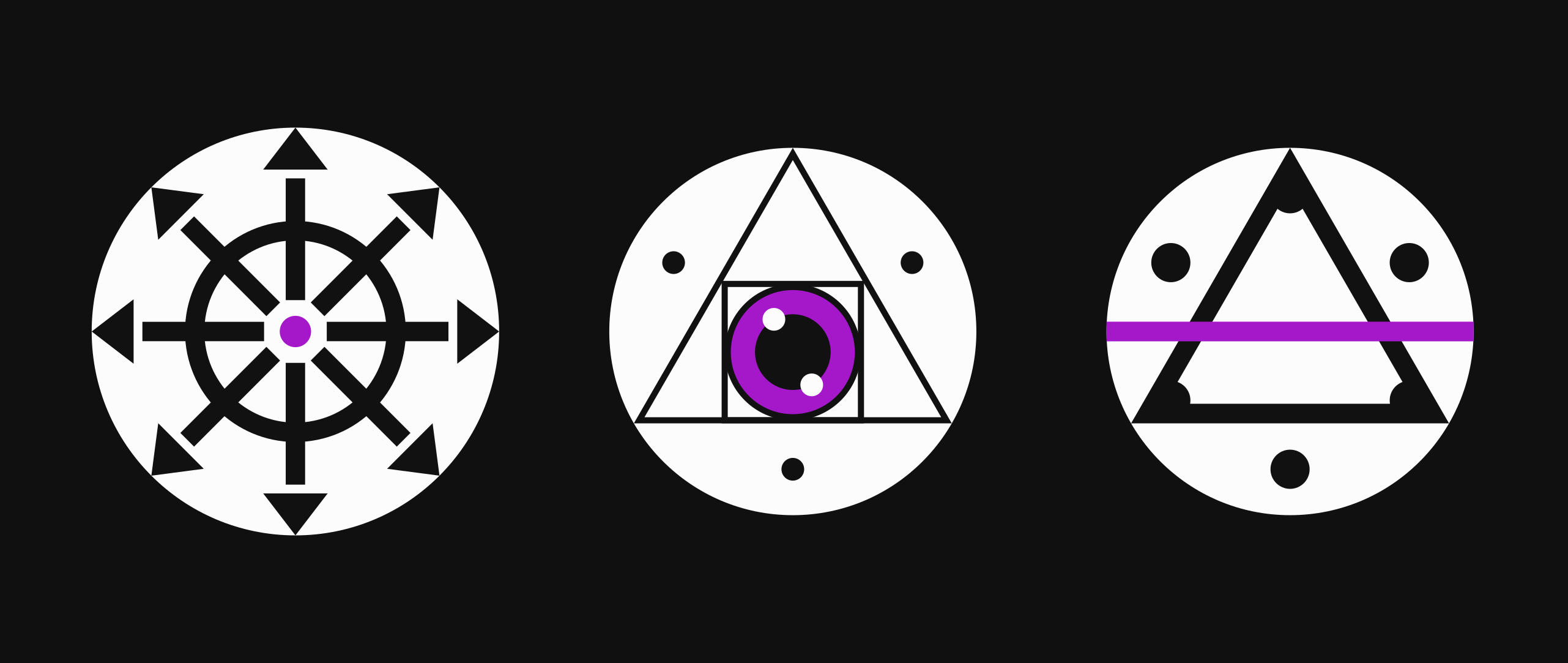I think I've finally seen the light of the #SemanticWeb.
I think web browsers should give users a way to register apps to handle displaying certain #RDF schema types.
E.g. if I open an ActivityStream URL, the browser should load my preferred client in the same way that clicking a PDF in my filesystem will open up my PDF viewer.
Users would then be able to bring their own interfaces to data instead of relying on some closed source proprietary app interface.
Also opens the door to mixing data
@mauve and also it's a security win!! Use a trusted client to load static content
@bojan Yeah! I'm really excited by the prospect of having this stuff integrated in to @agregore somehow.
I think an API along the lines of Navigator.reigsetProtocolHandler but for content types and or RDF schema types would be very doable here.
https://developer.mozilla.org/en-US/docs/Web/API/Navigator/registerProtocolHandler
@mauve The @openlink Structured Data Sniffer (@datasniff) Browser Extension tackles this issue, but from a structured data access and visualization perspective.
Steps:
1. Download & Install
2. Visit a #Fediverse page
3. Click on "doggie" Icon to activate and enjoy what a #SemanticWeb unleashes
Ultimately, it could evolve to also handle different visualization sources via registered #Fediverse clients etc..
@kidehen @openlink @datasniff What sort of functionality does it bring that one doesn't get from the default fediverse page?
Is it just showing the structure of the semantic data so you can navigate it in the extension instead of the app?
It provides an alternative route for exploring the #SemanticWeb that is the #Fediverse. You can also export data to your local filesystem, remote
#HTTP-based file systems, #WebDAV repos, and #SPARQL supporting #DBMS .
You can follow-your-nose through the #ActivityStreams web — in GPS-like fashion.
@mauve Would this work in some non-rubegoldbergian way for nonpublic ActivityStreams data? (Do you know if it would be trivial to make it work via the proxying described in ActivityPub Client-to-Server?)
@robryk I think Client-server might be a good start. I'm thinking a web extension yhat lets you register apps to redirect to would be a good start. Maybe you'd also need auth tokens or cookies sent to the app as part of that?
I think the main limiting factor would be the lack of search in RDF, so if endpoints provided Triple Pattern Fragments endpoints it'd get us the most bang for our buck.

@mauve This would be a big accessibility and customizability win.
Also having some selection of domain-specific clients (aside from a generic browser) makes it easy to create content while leaving styling and navigation to the user. I would love to one day switch browser tabs without getting blinded by a light theme.
Though I never made the connection between this idea and semantic web. Semantic web for me triggers ideas of "knowledge graphs everywhere! Zettelkasten kugelschreiber!!"